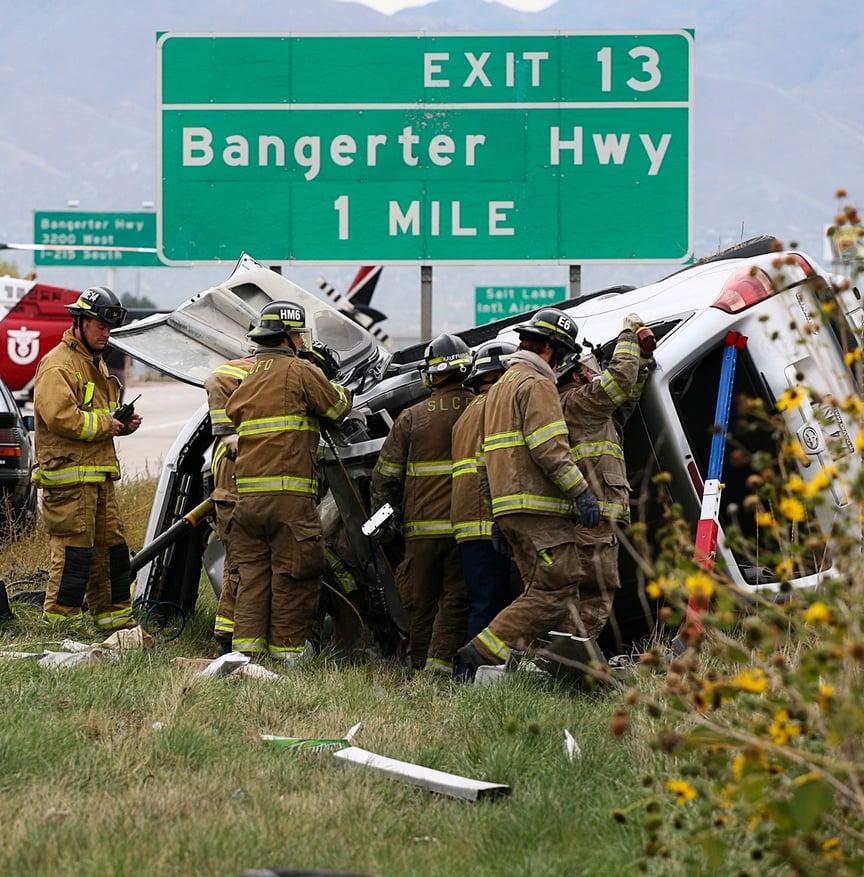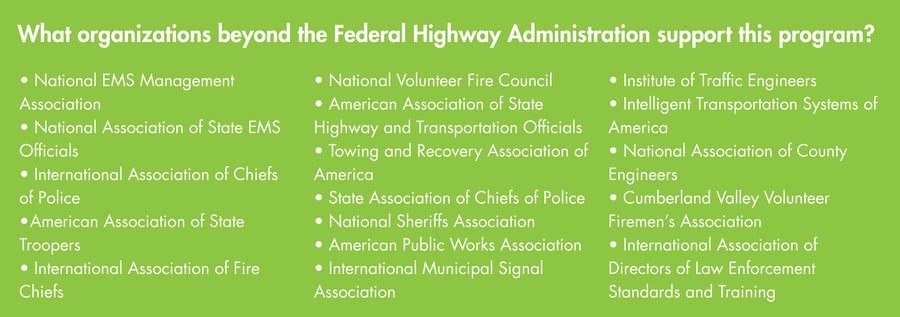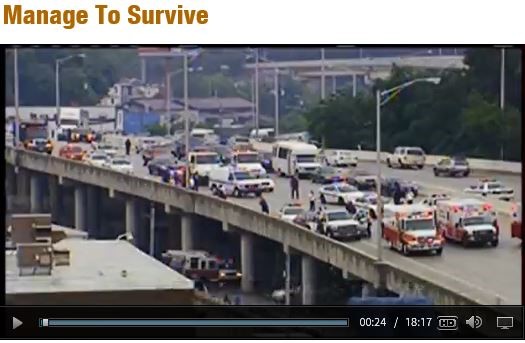4 Must-have Data Points for Dispatch-Billing Alignment and Maximum Reimbursement
Avoid Secondary Crashes & Improve Safety with Proper Training
Three injury crashes occur every minute in the United States, putting nearly 39,000 EMS responders in harm’s way each day, according to the Federal Highway Association (FHWA)
Was this information valuable?

Three injury crashes occur every minute in the United States, putting nearly 39,000 EMS responders in harm’s way each day, according to the Federal Highway Association (FHWA). Secondary crashes are often the result of the congestion caused by the incident. Thanks to the efforts of the FHWA and the emergency responder stakeholders that make up the Executive Leadership Group for the Traffic Incident Management (TIM) program, move-over and quick clearance laws for police, fire trucks and ambulances now exist in every state and require drivers to change lanes or slow down to 10 to 25 miles per hour, depending on the state. However, this isn’t always enough to keep responders safe; the longer they remain at the scene, the greater risk they face. How can you minimize the time and resources required to clear an incident? Training.
Three injury crashes occur every minute in the United States, putting nearly 39,000 EMS responders in harm’s way each day.
Traffic related incidents are the leading cause of line-of-duty deaths for EMS, law enforcement and towing services. In Garland, Texas, firefighters narrowly avoided injury earlier this year when a drunken driving suspect barreled into their ambulance. Authorities said the brand-new ambulance was parked along the interstate after responding to an earlier crash when a pickup crossed through emergency flares laid out on the highway and slammed into the passenger side of the ambulance. None of the firefighters working 10 feet away were hurt and quickly came to the drivers’ aid. "This unit saved the lives of five firefighters so while we were sad to sacrifice it this was a small price to pay to save five lives," said a post on the Garland Firefighters Association's Facebook page. The placement of the ambulance was no coincidence; strategically placed response vehicles act as a barrier and protect EMS responders on scene.
View this Emergency Responder Safety Institute PSA
Leverage a Unified Approach to Allow Roads to be Cleared Safer & Faster
To address the need to train EMS responders on incident management best practices, the Strategic Highway Research Program (SHRP2) National Traffic Incident Management (TIM) created a multidisciplinary training curriculum to help ensure a well-coordinated response to traffic incidents that achieves faster clearance and improved safety for both responders and motorists.
The training offers a set of practices and advanced standards to enable safer and faster clearance of traffic crashes.
The training offers a set of practices and advanced standards to enable safer and faster clearance of traffic crashes. The training addresses all aspects of incident response, from the moment the first emergency call is made to the correct positioning of response vehicles and equipment, to a safe work area using traffic control devices, to final scene clearance. Well-trained personnel can clear an accident more quickly and decrease accident-related delays. This results in fewer secondary crashes from the original incident and less exposure on the roadway for responders and drivers while the accident is cleared. The train-the-trainer course and training deployment methods enhance the on-scene management skills of responders and ensure that every responder is uniformly trained. By working with the various disciplines, including emergency responders, TIM training enables responders to clear the incident safely and return operations to normal. In Atlanta, improved incident response practices reduced secondary crashes by 69 percent in 12 months, saving lives and more than $1 million in delays, according to SHRP2.

TIM Responder Training is endorsed by the National EMS Management Association (NEMSMA), the National Association of State EMS Officials (NASEMSO), International Association of Chiefs of Police (IACP), American Association of State Troopers, the International Association of Fire Chiefs (IAFC) and the National Volunteer Fire Council. So far, 265,138 responders have been trained. Who are they and what type of responders benefit most from taking this training? People who respond on a routine basis to traffic crashes, such as:
- Law enforcement
- Fire and rescue personnel
- Emergency medical services
- Transportation agencies
- Towing and recovery professionals
- Communications center and dispatch personnel
- Hazardous materials spill response contractors
- Coroners and medical examiners
- Public works professionals
I Get it, Training is Important. So How Do I Get Trained?
The TIM Responder Training is available both in-person and online free of charge. There aren’t any pre-qualifications to take the TIM Responder Training, but it’s helpful to have completed National Incident Management System (NIMS) courses, ICS-100, 200 and IS-700.
- In-Person Training: In-person training is sponsored by TIM partner agencies throughout the United States. The four-hour, in-person training brings EMS, police, firefighters, DOT, towing, and other incident responders together to foster relationships and engage in interactive training. They learn how to work together in a coordinated manner, from the moment the first emergency call is made to final scene clearance. To learn about training opportunities in your state, please contact your state TIM Training point of contact.
- Web-Based Training: Available online through the National Highway Institute – the education and training arm of the Federal Highway Administration – the curriculum for the four-hour, web-based version mirrors the in-person training. The self-directed, web-based training can be undertaken at any time, using any computer that can access the National Highway Institute website. You have up to six months to complete all 10 modules, but each individual module needs to be completed in one sitting.
Related Posts
How EMS Agencies Can Reframe Need and Refocus Resources With Geospatial Analytics
How To Minimize Radio Chatter and Reduce Guesswork With Smarter Dispatch Resource Management
ZOLL Pulse Blog
Subscribe to our blog and receive quality content that makes your job as an EMS & fire, hospital, or AR professional easier.
ZOLL Pulse Blog
Subscribe to our blog and receive quality content that makes your job as an EMS, fire, hospital, or AR professional easier.





